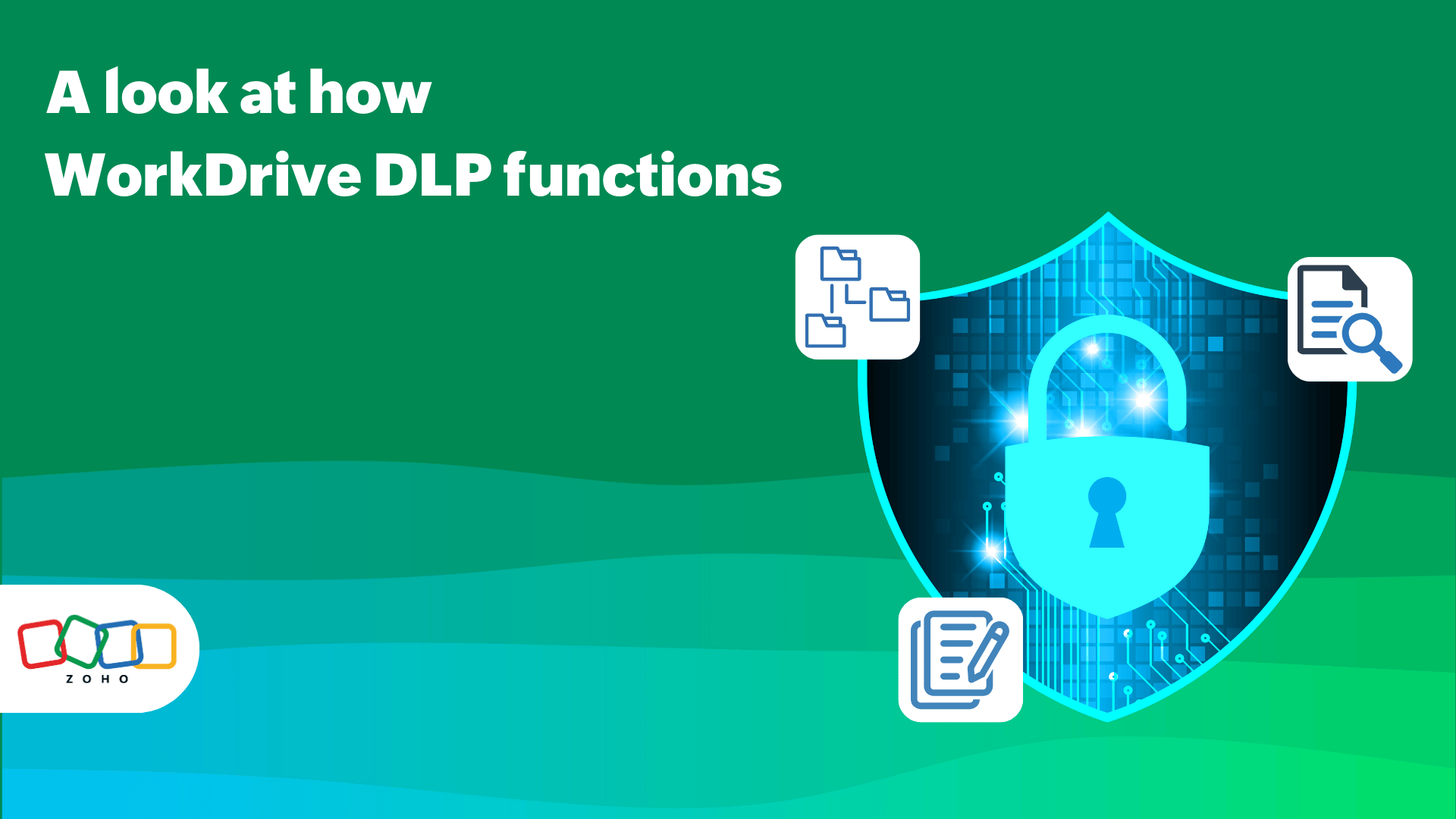Social engineering and how to prevent attacks
- Last Updated : December 13, 2023
- 1.3K Views
- 3 Min Read

Social engineering is the use of deception to extract sensitive information from an organization or an individual. Cybercriminals who conduct these attacks are called social engineers and usually operate with two goals in mind: sabotage and theft.
With the ongoing pandemic, many organizations practice remote and hybrid work models. Their employees primarily communicate via mail or chat applications. This has further contributed to the increase in these types of attacks.
Social engineers rely on human manipulation, rather than technical skills, to gain access to critical data and protected systems. For example, the attacker might con an employee as a sysadmin and get their credentials, instead of hacking their account directly.
Often, this is considered as the first step in a larger campaign to infiltrate a system or network to disperse malware. According to security firm Purplesec, 98% of cyber attacks rely on social engineering.
Types of social engineering attacks
From disguising themselves as a tech support professional to sending you a friend request, there are many ways cybercriminals can approach you.
Phishing
Social engineers use email spoofing to pretend to be a bank or even a government office. They lure unsuspecting individuals into providing personal information, such as login credentials, bank account numbers, or credit card numbers. If they can access an employees' system, they can compromise the entire network.

Baiting
Since the usage of social media continues to increase, attackers often use online baiting to lure victims into downloading their malware. They create malicious ads and, when you click them, the malware gets downloaded to your system.

Quid pro quo attacks
Have you ever received a request to fill in your details to get a discount or take part in research studies? Then you're under quid pro quo attack. The term simply means “a favor for a favor,” but here you give out your information for nothing.

Scareware attacks
Scareware sends you false threats that your system is infected with malware. It usually comes as a pop-up or an email, and prompts you to download the attacker's malware as a solution.

Read our article on ransomware and learn how to stay protected from cyber threats.
How to avoid social engineers
Here are a few methods to protect yourself from these attacks:
Research the facts
If you receive offers like winning a lottery or a free cruise, ignore them. These are strong tools to carry out a social engineering attack. Research the topic and determine whether you’re dealing with a legitimate offer or a trap.
Don’t click that link
Always be careful before you click any unknown link. Don’t open or download attachments from suspicious emails. If you want to open any URL given inside them, key in the letters in a search engine manually. Remember that email addresses are spoofed all of the time.
Use email spam filters
Most email applications have spam filters. To find yours, go to your settings options, and set the spam filter to high. Check your spam folder regularly, restore genuine emails, and delete unsolicited ones.
Secure your devices and accounts
Malware infections are a common outcome of most social engineering attacks. Companies must use a comprehensive cyber security solution that can both eliminate infections and help track their source. Also, encourage employees to use multi-factor authentication and avoid reusing the same passwords.
Create a security awareness program
Organizations can start a security awareness program and train their staff to combat social engineering attacks. The program should address both general phishing attacks and the new, targeted cyber threats. Training is not a one-time event—regularly educate your employees and test the efficiency of your program.
Practice a positive security culture and encourage your employees to report breaches without hesitation. Finally, make sure your IT security department implements cyber security measures like firewalls, patch management, and regularly carried out penetration tests with respective use cases.
Currently, the best defense against social engineering is user education and technological defenses. User education is all about knowing who and what to trust. Technological defense is using a secure cloud file storage solution for managing your business and personal data.


